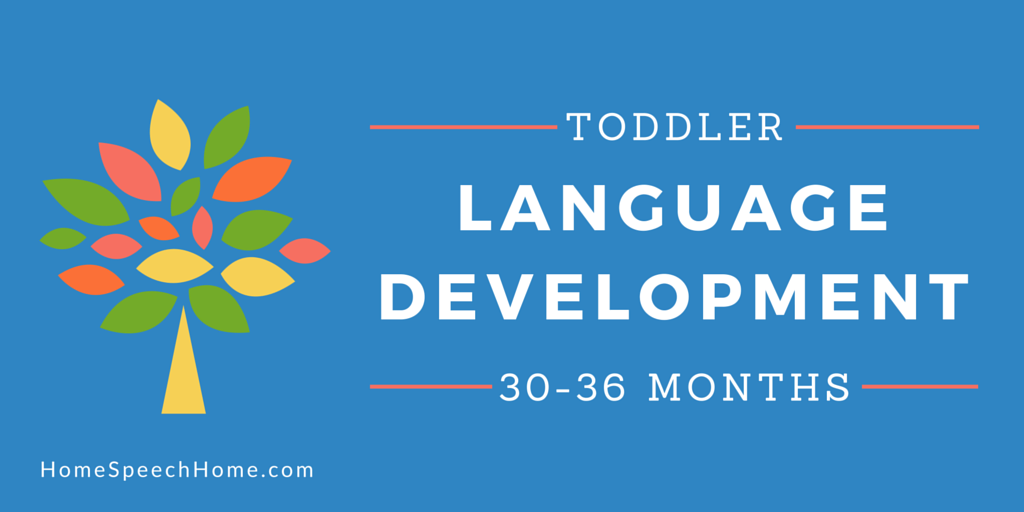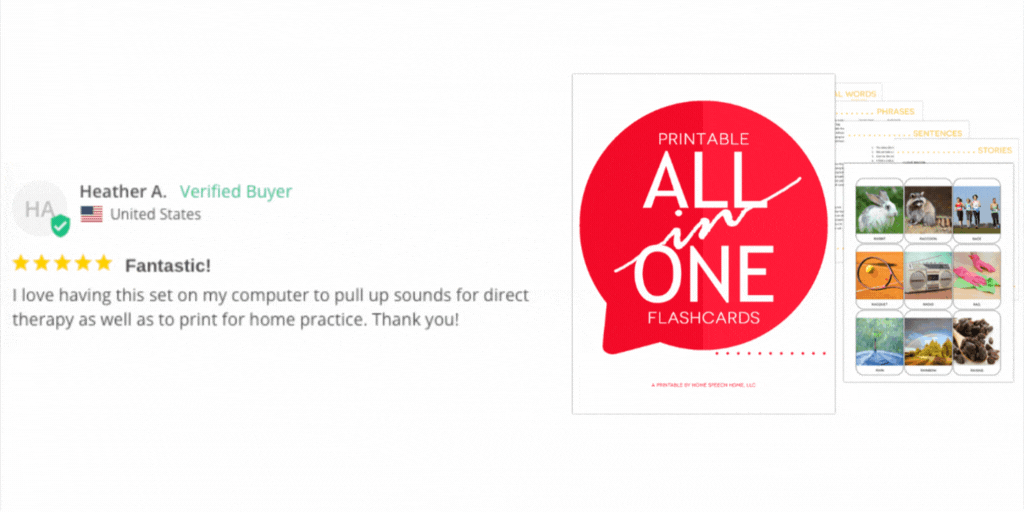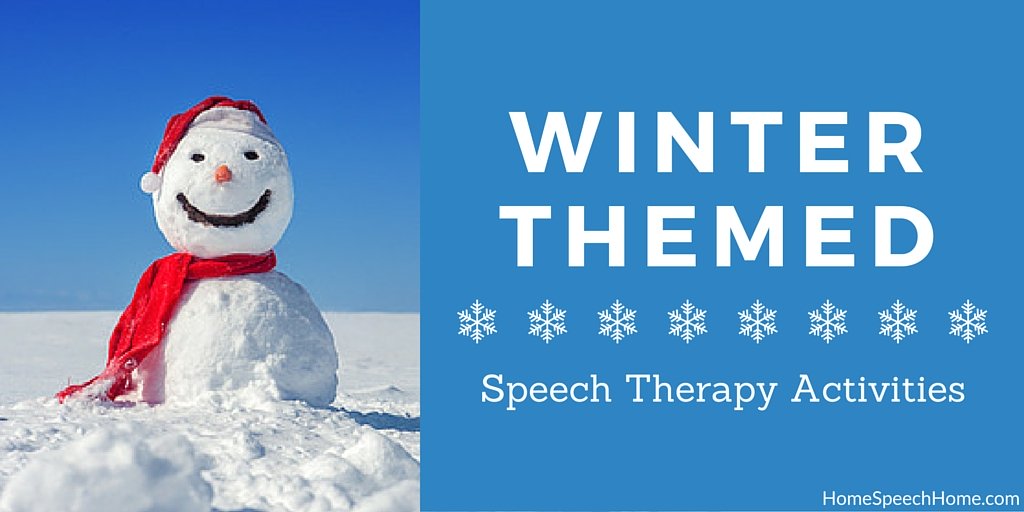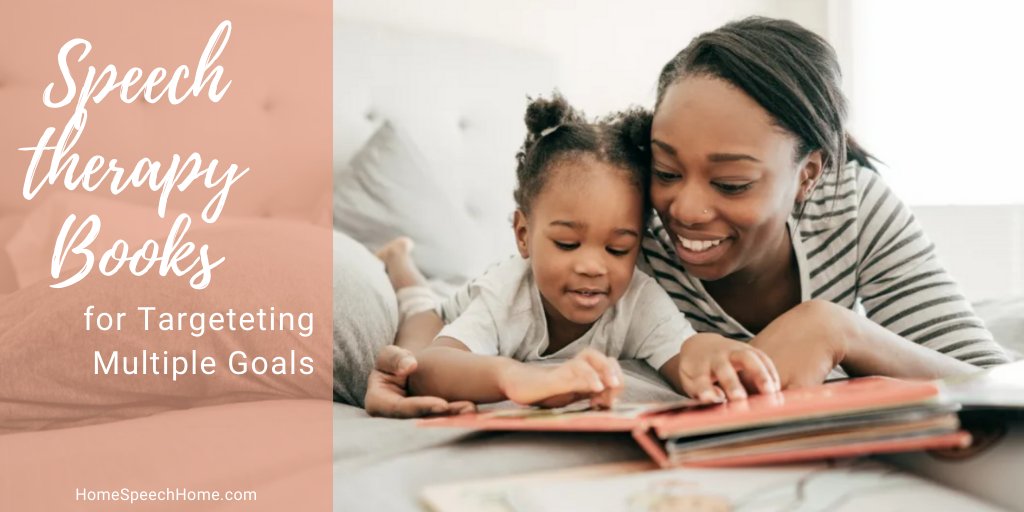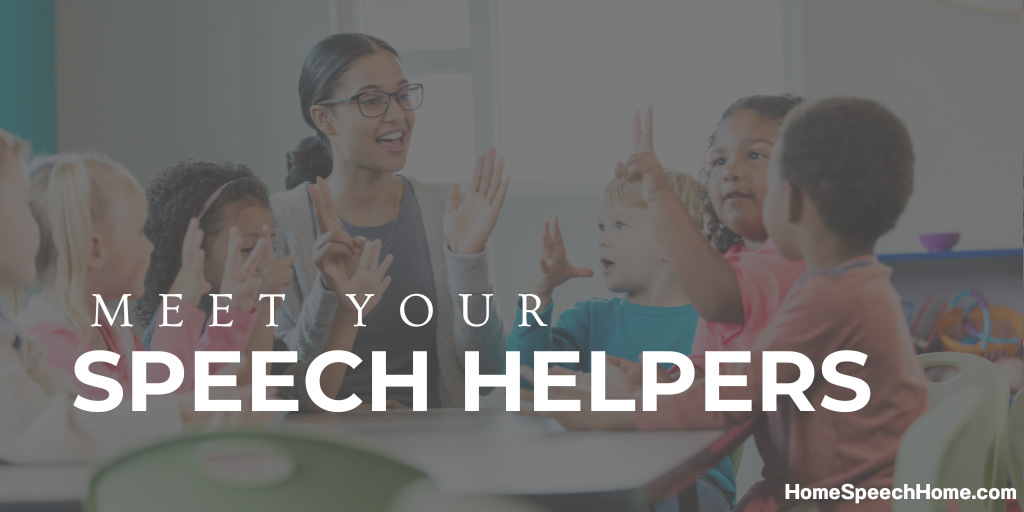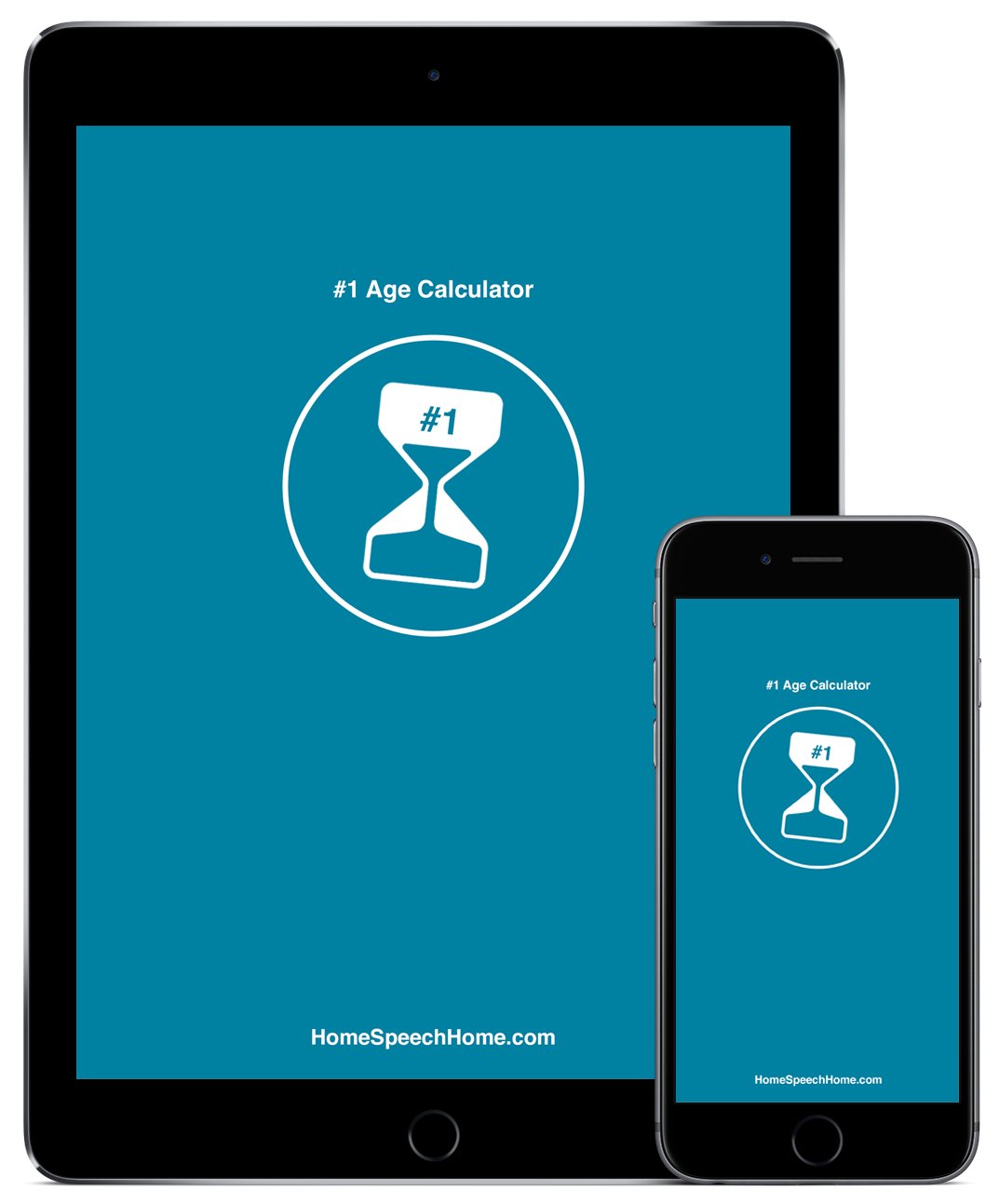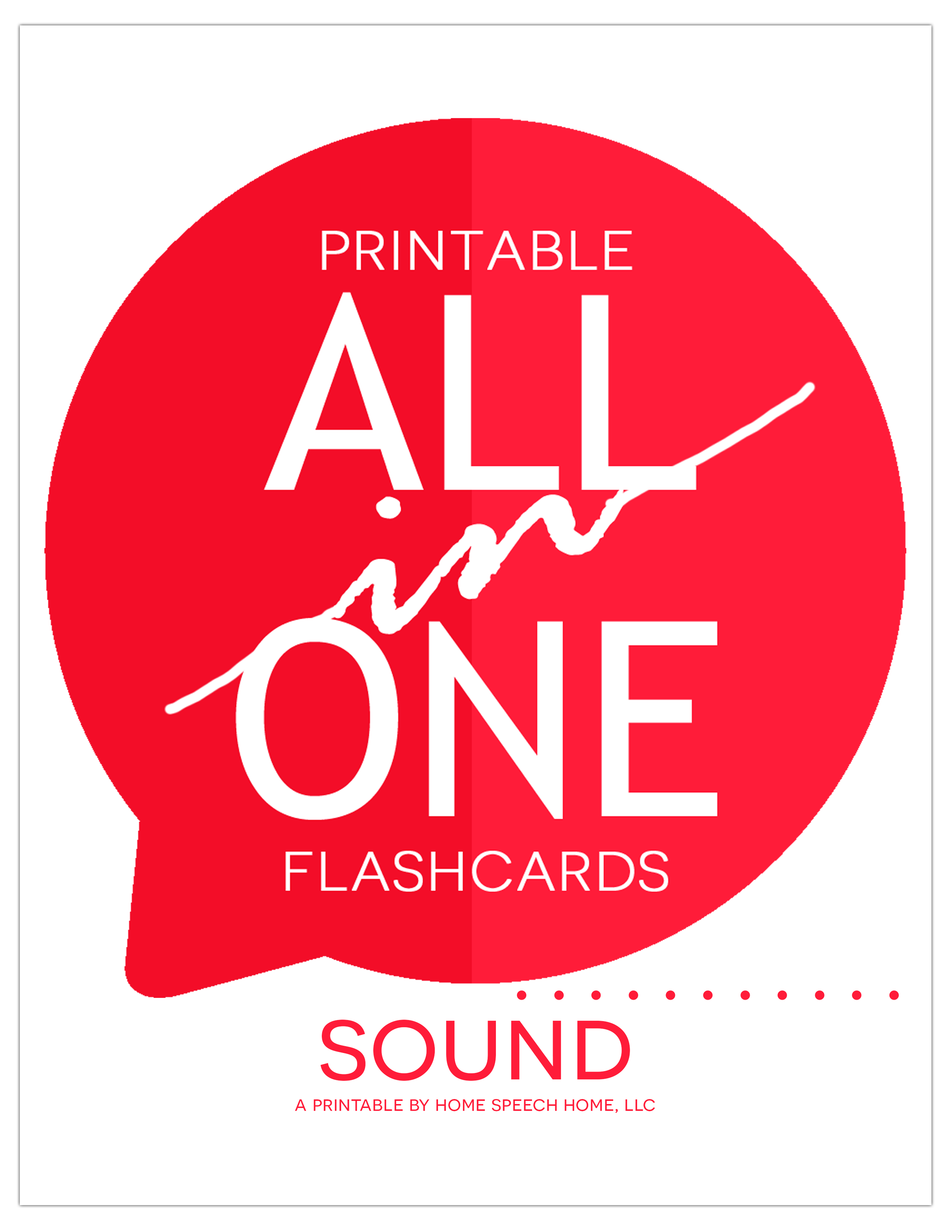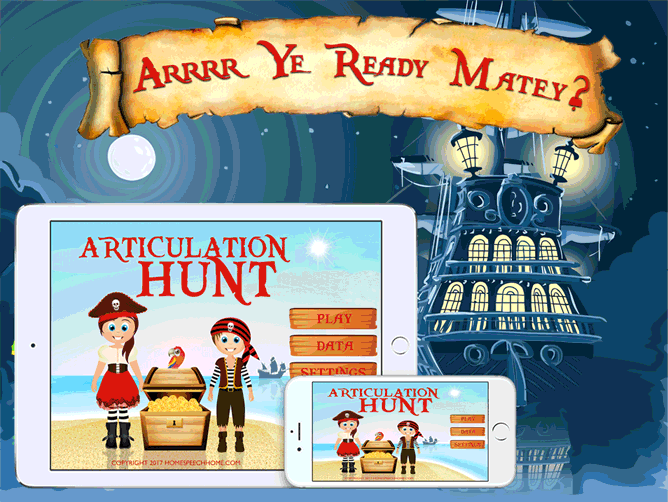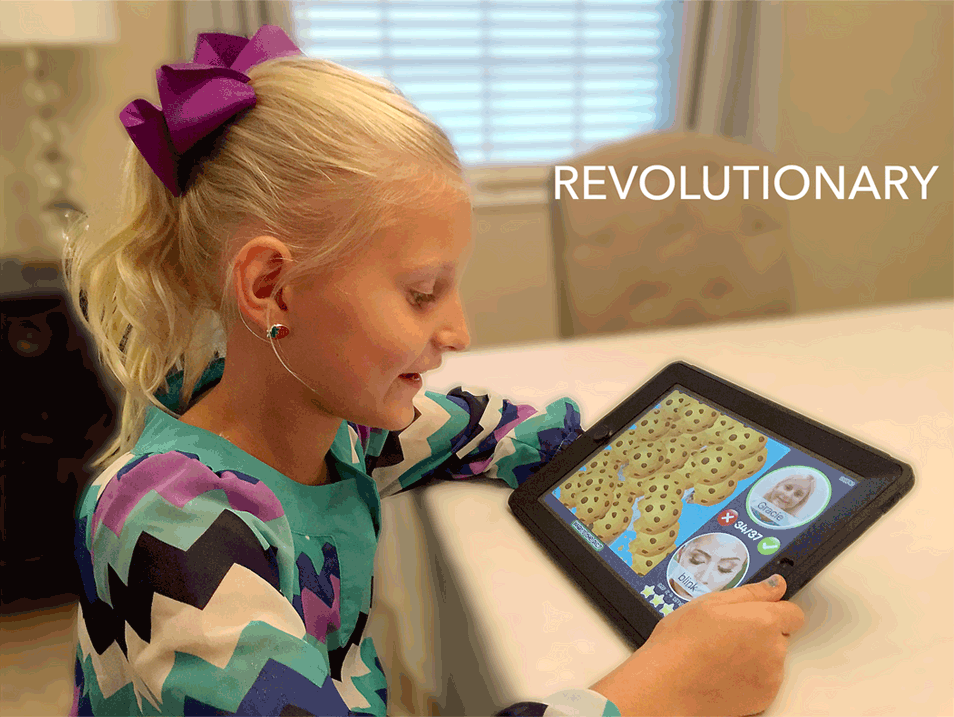Language Development in Toddlers 30-36 Months My Favorite Developmental Stage
Language development in toddlers 30-36 months: At this age your child's language skills are growing crazy fast.
You may start to watch what you say more often because...
...you never know what your child will repeat.
SEE ALSO: Crush Therapy Goals with the All in One Printable Flashcards
My favorite story about my daughter at this age...
One day Hollie and I were talking and she came up to me and said, "Dad, they don't understand what they're doing."
Word for word. I kid you not. I laughed so hard.
Then I asked her who she was talking about and she replied, "I don't know."
Let's be honest. Kids say the funniest things. I don't even watch Comedy Central anymore. I don't need to with my daughter around.
30 Months (2.5 Years)
Expressive Language / What the Child Says
- Spoken Vocabulary Size: about 546 words
- Names common objects
- Names familiar actions (kiss, hug, hold, tickle)
- Names familiar basic concepts (hot, cold, up, down)
- Says "WHERE?"
- Asks "WHY?"
- Says "big", "little"
- Sentences are simple declarations or descriptions of events. Child can't tell a story/narrative yet (24-36 months)
- MLU (Mean Length of Utterance/Average Sentence Length)
= 2.5 words
Uses These Grammar Parts/ Brown's Morphemes
- "Plural -S, -IES" on the ends of words (24-33 months)
Examples:
"Shoes on feet."
"Kitties running. - "Irregular Past Tense" words
(when child knows that something happened in the past so they use the correct form of the word to show it) (25-26 months)
Examples: came, broke, sat, went, fell - "In"
Example:
"Spoon in cup." - "On"
Example:
Ball on couch."
- "Possessive S" on the ends of words (26-40 months)
Example:
"Mommy's shoes." - "Uncontractible copula" (27-39 months)
Examples:
Here it is."
"There it went." - Articles "A" and "The" (28-46 months)
Examples:
"I see a kitty."
"Throw the ball." - "Regular Past Tense -ed" (26-48 months)
Examples:
"He pushed me."
"She walked fast." - "3rd Person Singular" (26-48 months)
Examples:
"Mommy jumps."
"He smiles a lot." - "Contractible copula" (29-49 months)
Examples:
"That's mine."
"He's big."
Receptive Language / What The Child Understands
- Understands pronouns "mine", "yours"
- Responds to "big", "little"
- Understands action words: jump, kick kiss, throw, etc.
- Beginning to follow 3-step directions
- Understands "WHY?" questions
- Understands gender: boy, girl
- Understands 3 word sentences, but context and past experience determine the meaning, don't understand word order yet
(responds by doing the what was mentioned in the most familiar, probable location, and in the most familiar, probable way, and just fills in the missing information with their existing knowledge) - Follows 2-step related directions
Examples:
"Go get your shoes and put them on."
"Get your bear and give him a hug."
Emergent Literacy Skills
- Looks at, listens to, and shows appreciation of books
Phonological Awareness
- Awareness of rhyming emerges
Social/Play
- Uses toys functionally
- Seeks adults' help
- Initiates interactions using signs, symbols, or words
- Enters play groups with adult assistance
- Plays for at least 10 minutes
- Gives up a toy easily when they are done with it
- Attends during group activities
- Symbolic Play Level increases rapidly, pretending improves
Level 3 (24-36 months) - Extends pretending to involve objects of action or other people/dolls
Examples:
Feeds doll.
Pretends to sweep the floor.
Moves car/block and makes car sounds.
Level 4 (24-36 months) - Pretends to do actions, followed by doing it on others, and then by related actions.
Examples:
Combs own air, then combs mom's hair.
Drinks from bottle, then feeds the doll.
Kisses doll, puts it to bed, puts blanket on.
Stirs in the pot, feeds doll, and washes dishes.
Level 5 (24-36 months) - Plans ahead what actions to do and tells with words or gestures.
Example:
Finds the iron, sets it down, searches for the cloth, tossing aside several objects. When cloth is found, irons it. Picks up the bottle, says "baby", then feeds the doll and covers it with a cloth.
SEE ALSO: The Best Free App for Speech Therapy
36 Months (3 Years)
Expressive Language / What The Child Says
- Asks "WHO?", "WHOSE?", "WHY?", "HOW MANY?"
- Asks "HOW?" at 3 years 6 months
- Uses "hard/soft", "hot/cold", "over/under"
- Uses pronouns "I, you, he, she, they"
- Uses at least one state of being/auxiliary verb: "is, am, are"
- Says "plural s, ies" on the ends of words
- MLU (Mean Length of Utterance/Average Sentence Length)
3 years = 3.2 words
3.5 years = 3.8 words
Uses These Grammar Parts/ Brown's Morphemes
- "Possessive S" on the ends of words (26-40 months)
Example:
"Mommy's shoes." - "Uncontractible copula" (27-39 months)
Examples:
"Here it is."
"There it went." - Articles "A" and "The" (28-46 months)
Examples:
"I see a kitty."
"Throw the ball." - "Regular Past Tense -ed" (26-48 months)
Examples:
"He pushed me."
"She walked fast." - "3rd Person Singular" (26-48 months)
Examples:
"Mommy jumps."
"He smiles a lot." - "Contractible copula" (29-49 months)
Examples:
"That's mine."
"He's big." - "Irregular 3rd person" (28-50 months)
Examples:
does, has - "Contractible auxillary" (30-50 months)
Examples:
"Daddy's drinking juice."
"Joey's my best friend."
Sentences Become More Complex With These Forms
- gonna, havta, let's, let me
- to + verb = want to jump
- like to play
- and, but, or
- know, wonder, think, pretend, hope, show, forget
Receptive Language / What The Child Understands
- Prepositions: beside, in, in-front-of, next-to, on, over, out, under
- Understands hard/soft and hot/cold
- Answers yes/no questions correctly
- Answers basic "who", "what", "where", "whose", and "why" questions
- Understands basic color words
- Understands basic kinship terms (aunt/uncle, grandma/grandpa, brother/sister)
- Understands basic shapes (circle, square, triangle)
- Follows 2-step unrelated directions, in order (ability to follow more complex directions increases rapidly over the next year)
Example:
Go get the ball and knock on the door. - Understands difference between single and plural words
Examples:
You say, "Get the cup," and they get one cup.
You say, "Get the cups," and they get all of the cups. - Understands "Same/Different"
Example:
You say, "Get the socks that are different," and they will choose the socks that don't match.
Understands "not"
Example:
You say, "Get the crayon that is not red," and they choose a crayon of a different color. - Understands "His/Hers"
Example:
You say, "Get his shoes," and they will choose the boy shoes. - Answer "what" questions that require inference (using facts they already know or see to make their "best guess")
Example:
You ask, "What do you think happened to that boy's knee?", while looking at a picture of a boy with a hurt knee standing next to a bike. Child answers, "He fell off his bike." - Knows the functions of objects and can answer questions about the use of objects
Examples:
Ask "What do we do with scissors?" They answer, "cut..." - Groups items by category
Examples:
Puts all the "big" toys here and "small" toys there.
Divides clean laundry in to "Daddy's, Mommy's, and Mine"
Narrative Development
- Stories are mainly descriptions or they explain in order (sequence) how something happened. They label and describe events around a character/person but there is no plot.
Example:
and then... and then... and then... and then...
Phonological Awareness
- Rhyming increases
- Alliteration begins (aware of words beginning with the same letter)
Examples:
"Mommy made magic marshmallows"
"Daring daddy dove deep" - Segmentation, blending, and manipulating of words and syllables begins
Examples:
Put the words "butter" and "fly" together and you get..."butterfly"
Take "room" off of "bedroom" and you get... "bed"
Change "cat" to a new word by putting "p" in the front and it becomes... "pat"
Take the "t" off the end of "cat" and you have... "ca"
Put "s" on the end of "cat" and you have... "cats" - Letter sounds and written letter/symbol awareness begins (grapheme/phoneme awareness)
Examples:
"S" is the name of the letter, it makes the "ssssss"
sound, and it looks like this...S.
Emergent Literacy Skills
- Looks at, listens to, and shows appreciation of books
- Begins to develop an understanding of the following:
Examples:
Print Functions - entertainment, self-expression, obtaining information, carrying out daily affairs, communicating messages, problem solving
Examples:
Print Forms and Conventions - letter names/sounds, linear arrangement of letters, words separated by spaces, book handling skills (right-side-up or up-side-down, front/back), punctuation, difference between print and pictures, differences between letter, sound, word, and sentences
Examples:
Structure of books and stories - cover, title, beginning, middle, end, problem and what is going to happen
You might also like:
Social/Play
- Plays with 2 or 3 children at a time
- Seeks out a consistent friend and plays with them
- Responds to peers requests
- Participates during group activities with an adult leader
- Gives and takes turns with other children
- Gets another child's attention before commenting to them
- Encourages or praises peers
- Accepts reasonable compromise from adults
- Uses toys to represent different things
Example:
Pretends a small square block is a cell phone, holds it to their ear, talks on it, and puts it back in pocket or purse. - Makes comments related to play theme
Examples:
"This soup is hot!" (while pretending to stir soup)
"Quiet! Baby is sleeping." (to partner while rocking baby) - Makes requests of peers
Examples:
"Get me the blanket."
"Come upstairs."
"Put the truck in here." - Makes requests of others in more ways (Can you...?, Would you...?) and direct requests begin to be replaced by indirect requests
Special Deals and Activities, Oh My!
Sign up for Terrific Therapy Emails
Your information is 100% private & never shared.
